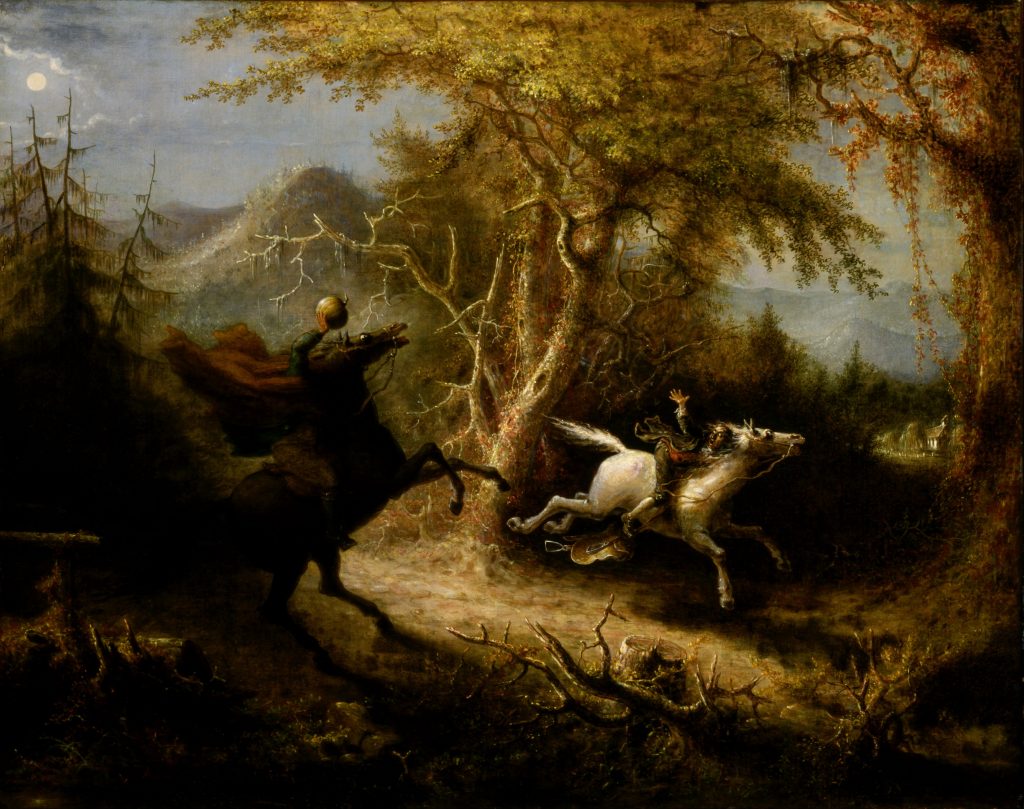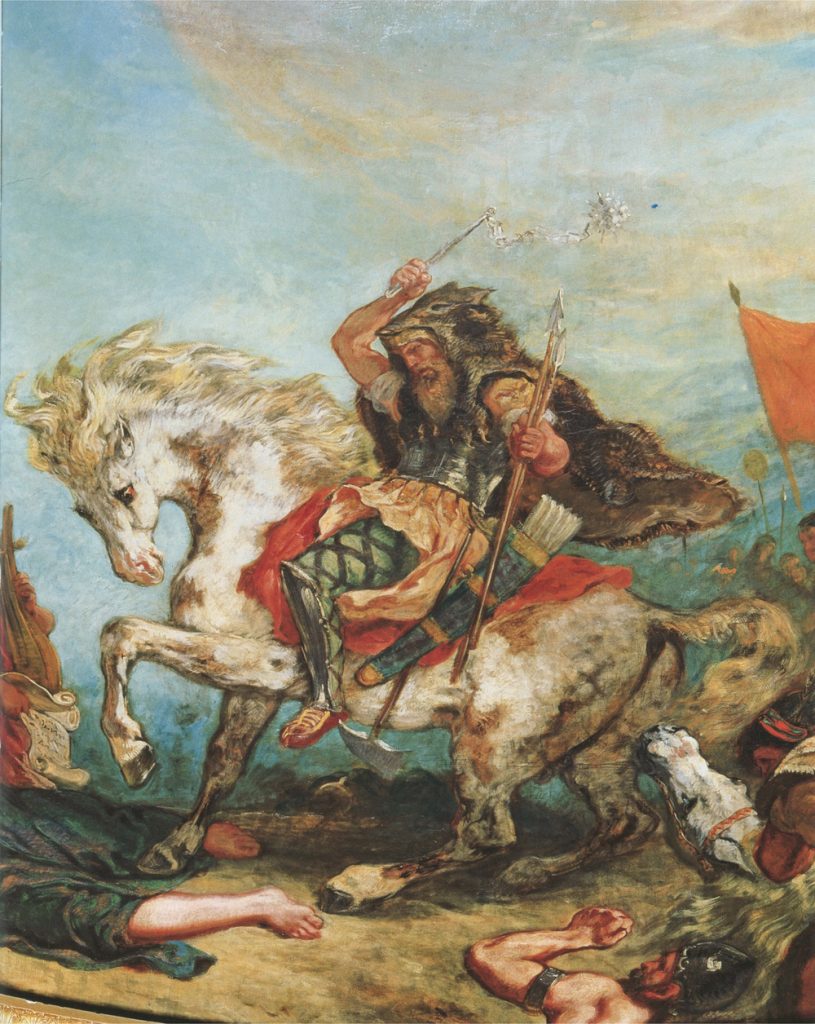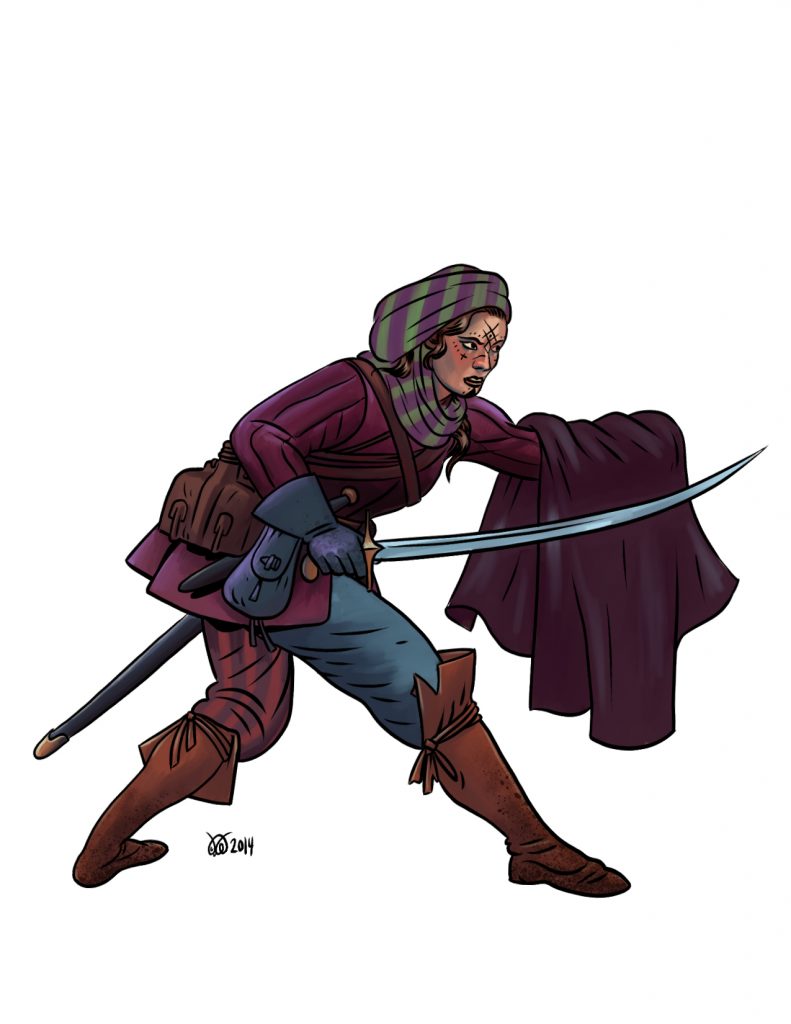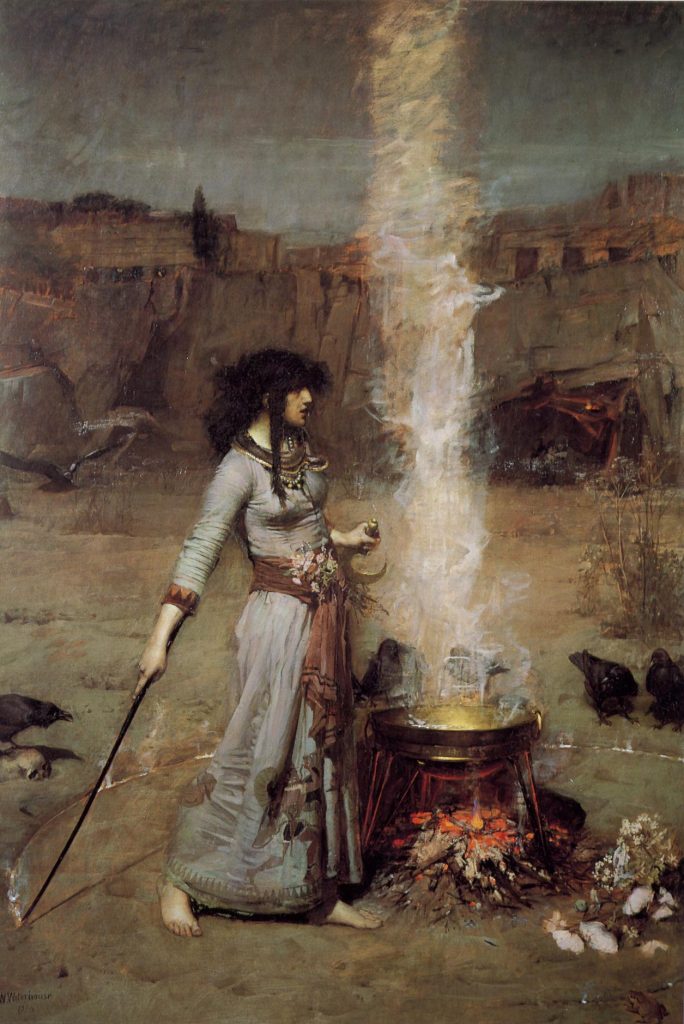Hello friends!
For the past few years, and especially recently, there’s been a lot of discussion in online circles about colonialism, racism and D&D. Last year there was a 100+ page thread on RPGnet about decolonizing D&D. Lately, I’ve also been stumbling across apologia that attempts to disavow the existence of these things in D&D. Given Torchbearer’s debt to D&D, this is a topic Luke and I take very seriously.
I want to be very clear that I agree that D&D is embedded with colonialist and racist assumptions. I want to be equally clear that I’m not claiming Dave and Gary were racist or that D&D is some crypto-white-supremacist work. What I am saying is that unconscious support for colonialism and racism is systemic to American culture and so it is part of D&D whether Dave and Gary intended it to be or not.
It’s a part of Torchbearer too.
When I say ‘colonialism,’ here’s what I mean: Controlling a land, occupying it with settlers and exploiting it economically.
This is the heart of the American story–going west and taming the savage frontier. Except that “savage frontier” was not empty. It was full of indigenous civilizations. The original American colonies grew on settlements and farms that had been tended by indigenous people for generations.
In D&D (and Torchbearer) players assemble their adventurers and send them out into the unknown (to them at least). There, they fight monsters and seize treasure to bring back to civilization.
You don’t really need to even squint to see that these stories are cut from the same cloth.
But orcs and gnolls and drow are evil, right? That’s the difference, right? They have to be killed or driven off to protect civilization from their evil and rapaciousness. That’s a good thing! I understand that argument, especially in a game that explicitly tags peoples with a good or evil alignment. I’d give that point more credence if the same justifications hadn’t been used for genocide, enslavement and forced migration of indigenous peoples all around the globe.
Fellow game designer James Mendez Hodes has written on these topics at length. I highly recommend you check out this and this to start if you want to delve deeper. James also cites this piece, by Paul Sturtevant, which closely examines the concept of ‘race’ in D&D.
Look, the point is that D&D is problematic. Torchbearer is too, for many of the same reasons. There is a hateful narrative embedded in these games. Does that mean I think you shouldn’t play D&D (or Torchbearer)? No! Do I think it’s bad if you enjoy them? No! I do, however, hope that you’ll think about the narratives that you’re creating with your games and characters and try to minimize or rehabilitate the harmful aspects.
In Mendez’s second article linked to above, he provides some excellent ideas for reclaiming and rehabilitating the stories of orcs, which I think provides a good starting point. How would you decolonize your Torchbearer games?








